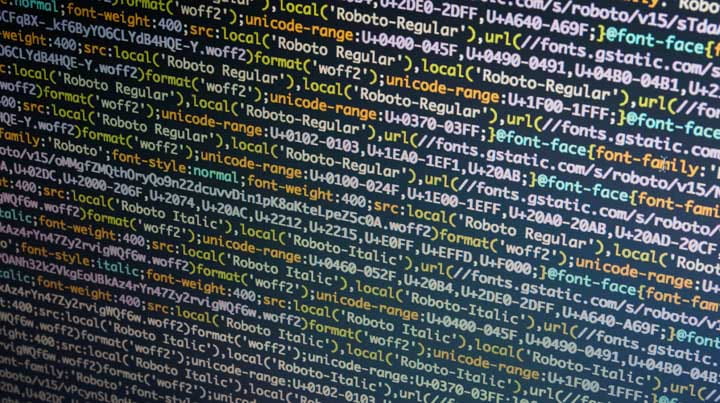 Referring back to the earlier lesson on official crime statistics, students can begin by reminding themselves, through discussion, of the difficulties associated with using official data in research.
Referring back to the earlier lesson on official crime statistics, students can begin by reminding themselves, through discussion, of the difficulties associated with using official data in research.Students could be provided with quantitative data in an exam and asked to identify trends from this material. It is therefore a good idea to get them used
to handling this type of material in class.
The Ministry of Justice material found here:
Discover More Statistics on Race and the Criminal Justice System 2012 A Ministry of Justice publication
It may look a little intimidating at first but once you begin to read it, you can see that it is well-written in a clear and concise manner. Students could create a table that identifies the patterns and trends contained within the report in relation to stop and search figures, arrest levels, cautions
and so on. Once they have identified a pre-determined number of trends (for example 10), they could be asked to work in groups to identify possible
with a range of reasons ÛÒ some of which might be in contrast to their own personal beliefs.

Social divisions, and the inequalities that these inevitably bring, continue to be the most ce...

Students can read about the issues in different countries, creating their own overview, before mo...

Begin with a brainstorm of the names of any artists the students are aware of. It might be that s...

This briefing paper from the University of Manchester and the Joseph Rowntree Foundation exami...

Students will learn a lot about the work of Karl Marx during their study of social inequalities a...

Video overview of social inequality

In this Thinking Allowed broadcast, Laurie Taylor talks to Owen Jones whose book, »Chavs: T...

The Fawcett Society is a UK charity that promotes gender equality and women’s rights at work.

The Great British Class Survey was led by sociologists Mike Savage and Fiona Devine and was a col...

Working in pairs or small groups, students have five minutes to draw a picture of someone f...

The 2015 General Election has provided sociology teachers and students with a wealth of inform...